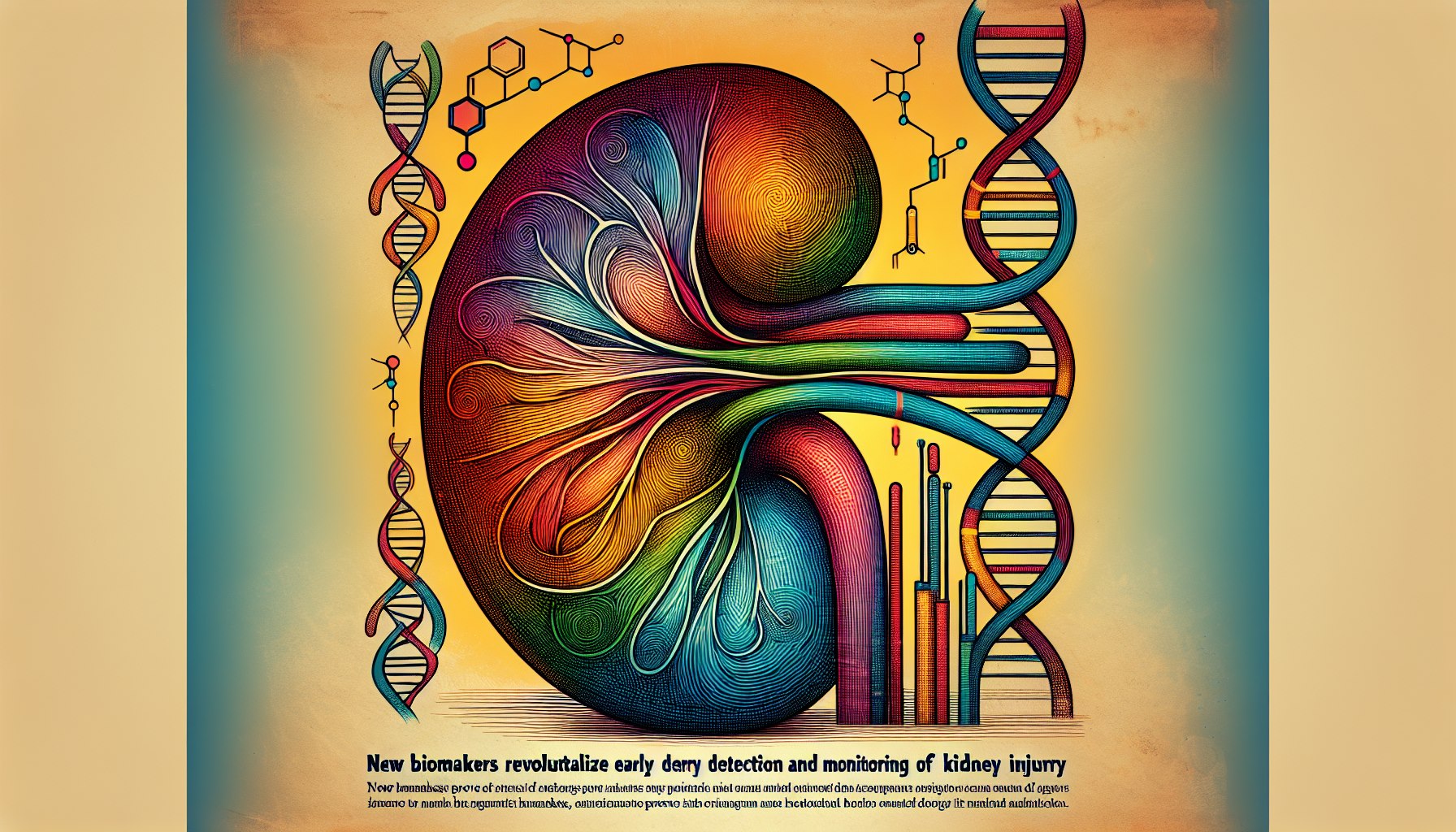
A Breakthrough in Nephrotoxicity Detection
Researchers have made a significant advancement in the field of nephrology by identifying six novel biomarkers that promise to revolutionize the early detection and monitoring of kidney injury. This discovery has the potential to enhance drug safety during development and significantly improve patient outcomes. Drug-induced kidney injury, also known as nephrotoxicity, is a prevalent complication in clinical medicine, arising when certain medications damage the kidneys. This condition can be triggered by various drugs, including anti-inflammatory, antibacterial, antiviral, antifungal, and anticancer agents. The current standard methods for detecting nephrotoxicity often lack sensitivity and may not detect injury until significant damage has already occurred. These new biomarkers offer a more sensitive and timely approach.
The Significance of Early Detection
Early detection of nephrotoxicity is crucial for several reasons. It allows for prompt intervention, which can include discontinuing the offending medication, adjusting the dosage, or implementing supportive care measures. Early detection can prevent the progression of kidney damage, potentially averting the need for dialysis or kidney transplantation. Furthermore, these biomarkers can play a vital role in drug development. By enabling earlier and more precise identification of nephrotoxic effects in preclinical and clinical trials, these biomarkers can help pharmaceutical companies make informed decisions about drug candidates, accelerating the development of safer medications.
The Six Novel Biomarkers: A Closer Look
While the specific names of these six biomarkers require further clarification through peer-reviewed publications, their discovery represents a major step forward. These biomarkers are proteins released from damaged kidney cells, offering a direct indication of kidney injury. Existing markers, such as serum creatinine and blood urea nitrogen (BUN), are less sensitive and often elevate only after substantial kidney damage has already occurred. These novel biomarkers, detectable at lower concentrations and earlier in the course of injury, provide a more precise and timely assessment of kidney health. This improved sensitivity is pivotal in facilitating more effective monitoring and management of patients at risk for nephrotoxicity.
Implications for Drug Development and Patient Care
The implications of this discovery are far-reaching. For drug development, the new biomarkers can be integrated into preclinical and clinical trials, enabling more accurate assessment of drug safety profiles. This will streamline the drug development process, reducing the risk of nephrotoxic drugs reaching the market. For patient care, the biomarkers will allow healthcare professionals to identify kidney injury earlier, enabling timely intervention and potentially mitigating the long-term consequences of nephrotoxicity. This could significantly improve outcomes for patients receiving medications known to carry a risk of kidney damage.
Future Directions and Clinical Trials
Further research is underway to validate these findings and refine the use of these biomarkers in clinical practice. Large-scale clinical trials are essential to establish the sensitivity, specificity, and clinical utility of the biomarkers across diverse patient populations and various drug classes. The development of standardized assays for these biomarkers will be crucial for their widespread adoption in clinical settings. These advancements hold the potential to transform the landscape of nephrotoxicity detection and management, ultimately improving the safety and efficacy of drug therapies.
Benefits for Specific Patient Populations
Patients with pre-existing kidney conditions, the elderly, and those receiving multiple medications are particularly vulnerable to nephrotoxicity. The new biomarkers will be particularly valuable in these high-risk groups. By enabling closer monitoring of kidney function, these markers can facilitate personalized medicine approaches, tailoring drug regimens to minimize the risk of kidney injury. This is particularly important for patients with chronic kidney disease, where even minor insults can accelerate disease progression.
Collaboration and Knowledge Sharing
The successful translation of these research findings into clinical practice requires collaboration among researchers, clinicians, and regulatory agencies. Open sharing of data and collaborative efforts will accelerate the development and validation of standardized assays, ensuring that these innovative biomarkers reach patients who stand to benefit most. This collective effort will be instrumental in realizing the full potential of these biomarkers in improving global kidney health.
A New Era of Precision Nephrology
The discovery of these six novel biomarkers marks a significant milestone in the field of nephrology. These biomarkers usher in a new era of precision nephrology, offering the promise of earlier and more accurate detection of kidney injury, improved drug safety, and enhanced patient outcomes. With continued research and clinical validation, these biomarkers have the potential to transform the way we diagnose, monitor, and manage nephrotoxicity, ultimately leading to better kidney health for patients worldwide.


